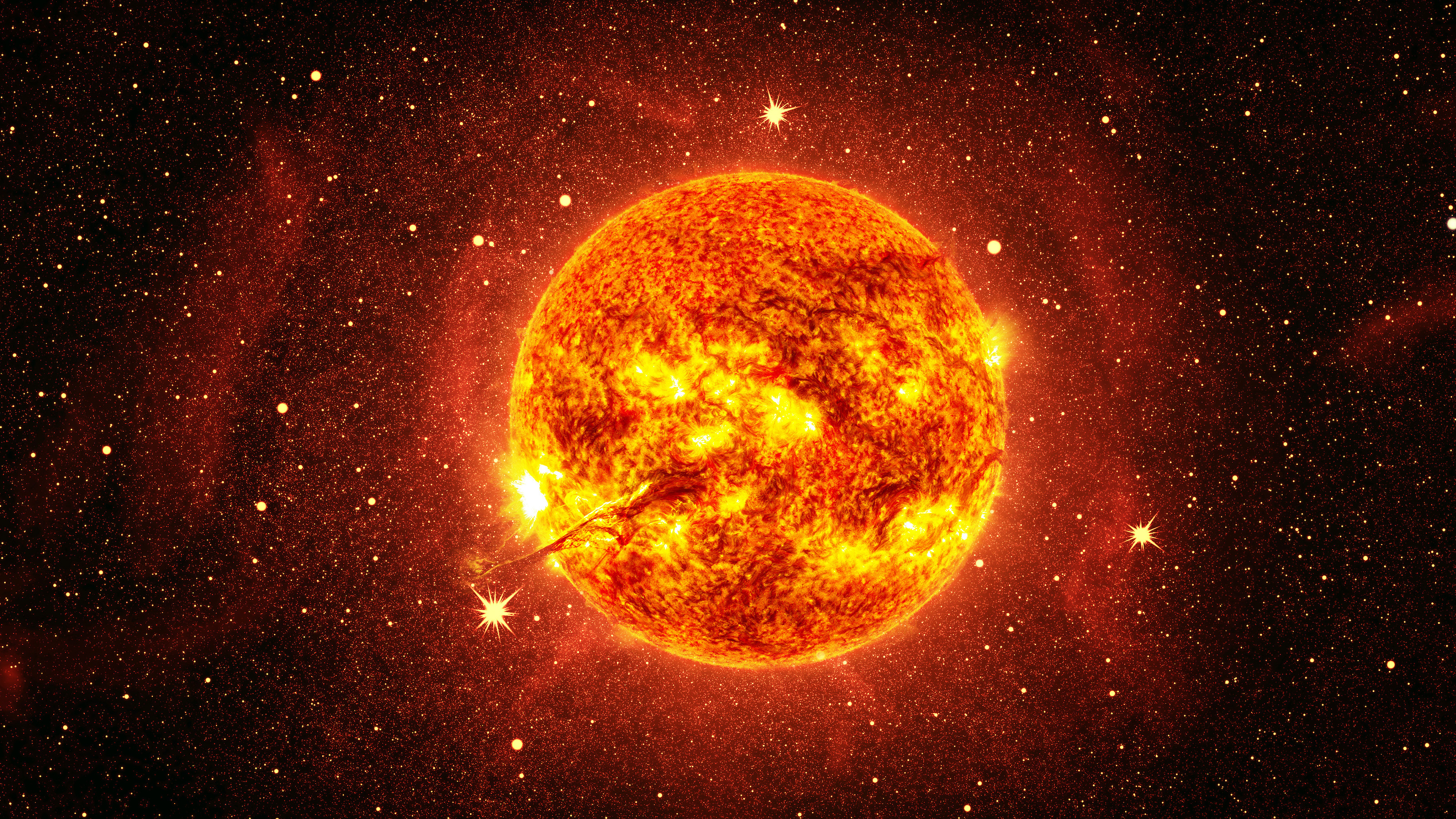Particle physicists prove that antimatter doesn’t “fall up”

- Scientists have confirmed that antimatter experiences a downward gravitational force similar to matter, dashing speculative notions of antimatter experiencing gravity in an opposite manner to matter.
- The research involved trapping anti-hydrogen atoms in a magnetic container and observing their movement when the magnets were slowly turned off. The results showed that more atoms went downward than upward.
- Still, the measurement has not definitively ruled out the existence of small differences in the way gravity affects matter and antimatter.
“What goes up must come down” is a pretty reliable aphorism that applies to every substance known to man. However, what if that wasn’t true? What if there was a substance that, instead of falling down, fell up? Science fiction writers and UFO enthusiasts have long suspected that a substance called antimatter might experience gravity in a manner opposite that of ordinary matter. If so, perhaps levitation might be possible.
However, an announcement in the journal Nature by scientists working at the CERN laboratory in Europe will dash the hopes of such speculative thinkers: Without question, antimatter falls down.
The matter with antimatter
Antimatter sounds like a topic of science fiction, but it is science fact. Proposed in 1928, it was first discovered in 1932. Antimatter is essentially the opposite of ordinary matter. For example, the antimatter equivalent of the electron (called the positron) has the same size and mass as the electron, but with opposite electrical charge.
Antimatter and matter are antagonistic substances. Combine one with the other and the result is a release of a tremendous amount of energy. For example, if a gram of matter and antimatter touched and annihilated one another, this would release the same amount of energy as the combined atomic explosions at Hiroshima and Nagasaki.
Antimatter equivalents of every known subatomic matter particle exist. There are antiprotons and antineutrons, for instance. Even more fascinating, in the same way that a proton and electron can combine to make a hydrogen atom, an antimatter proton and antimatter electron can combine to make an anti-hydrogen atom. And the existence of such antimatter atoms is key to the new discovery.
Anti-hydrogen atoms
Why use anti-hydrogen? Because it is electrically neutral. In contrast, individual antimatter protons and electrons carry an electrical charge, which means that they experience electrical forces. Since electric forces are much stronger than gravity, interactions between antimatter protons or antimatter electrons with any stray electrical fields would dwarf any gravitational effects.
The CERN Antimatter Factory creates anti-hydrogen atoms and distributes it to a few experimental groups, including the ALPHA collaboration, which is who made this recent measurement. To do their experiment, the scientists trapped approximately 100 anti-hydrogen atoms in a magnetic container. Then, they slowly turned off the magnets over the course of 20 seconds and counted how many escaped upward versus downward. Because of the force of gravity, more atoms went downward.
For this measurement, the ALPHA collaboration found that the anti-hydrogen atoms experienced a downward gravitational force comparable to that experienced by hydrogen atoms, about 75% of regular gravity. The uncertainty of the measurement was about 20%, which means that it is likely that matter and antimatter experience the same gravitational force. The researchers used their data to quantify the possibility that their measurement was still consistent with antimatter experiencing an upward force equal to the opposite of gravity and they excluded this possibility at the level of one part in a quadrillion. Antimatter does not fall upward.
Debbie Downer
This result is consistent with predictions made using Einstein’s theory of general relativity, which is the leading scientific theory of gravity. General relativity predicts that what experiences gravity is mass, and both matter and antimatter have positive mass. Thus, this measurement confirms Einstein’s prediction within the experimental uncertainty.
However, an uncertainty of 20% is insufficient to make precise tests of general relativity. The ALPHA scientists are already in the process of improving their equipment, with the expectation that future measurements will be able to make more definitive statements on the equivalence of matter and antimatter. While it remains most likely that gravity affects matter and antimatter identically, the current measurement hasn’t ruled out that there could be small differences between the two.
This result is an impressive measurement, confirming our understanding of the laws of nature, but it will no doubt disappoint many. A result that defied expectations would have required a major restructuring of our understanding of physics. In the words of Dr. Jeffrey Hangst, spokesperson of the ALPHA collaboration, “It would have been so much cooler if antimatter fell up.” Alas, it does not.





